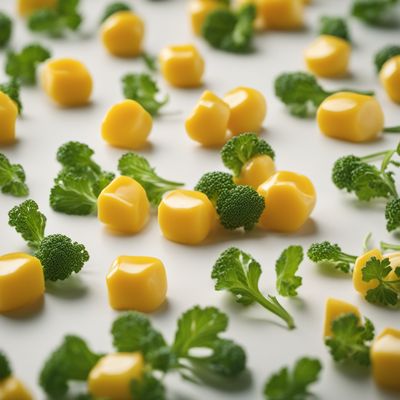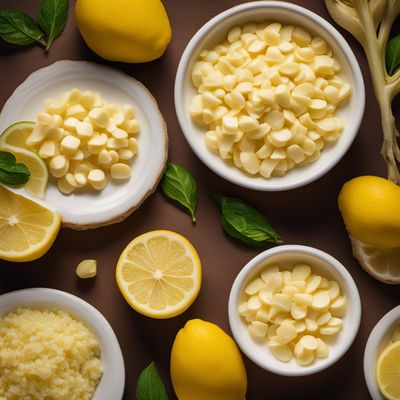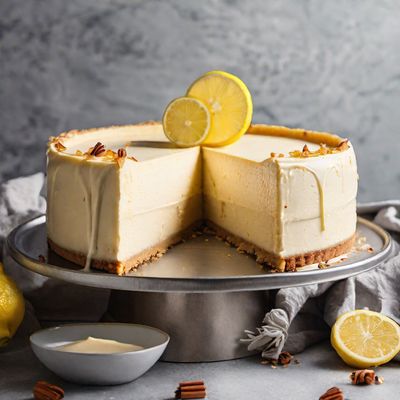
Ingredient
Blended margarine
Versatile Butter Substitute: Blended Margarine
Blended margarine is a plant-based spread made by combining vegetable oils, such as soybean or canola oil, with water, salt, and emulsifiers. It has a smooth and creamy texture, similar to butter, and a mild, buttery flavor. Blended margarine is often used as a substitute for butter in baking, cooking, and spreading on bread or toast.
Origins and history
The concept of margarine dates back to the 19th century when it was developed as a more affordable alternative to butter. Over the years, margarine has evolved, and blended margarine emerged as a popular choice due to its versatility and lower saturated fat content compared to traditional margarine. It has become a staple in many households, offering a convenient and plant-based option for those seeking a butter substitute.
Nutritional information
Blended margarine is lower in saturated fat compared to butter and contains no cholesterol. It is often fortified with vitamins A and D, providing additional nutritional benefits. However, it is important to note that blended margarine may contain trans fats, so it is advisable to choose options with minimal or no trans fats for a healthier choice.
Allergens
May contain soy or other allergens.
How to select
When selecting blended margarine, opt for options that are labeled as trans fat-free or contain minimal trans fats. Look for products that are made with high-quality vegetable oils and do not contain hydrogenated or partially hydrogenated oils. Additionally, consider the salt content and choose options with lower sodium levels if desired.
Storage recommendations
Blended margarine should be stored in the refrigerator to maintain its freshness and prevent spoilage. Keep it tightly sealed or wrapped to avoid absorbing any odors from other foods in the fridge. If you prefer a spreadable consistency, you can store a small portion at room temperature, but be mindful of the shelf life and use it within a few days.
Preparation tips
Blended margarine can be used as a substitute for butter in various recipes, including baking, cooking, and spreading. It is particularly useful in vegan or dairy-free recipes, providing a creamy texture and a mild buttery flavor. When using blended margarine in baking, keep in mind that it has a higher water content than butter, so adjustments may be needed in certain recipes. It is also a great option for spreading on toast, bagels, or muffins.
Substitutions
Butter, coconut oil
Culinary uses
Blended margarine is commonly used in baking, cooking, and spreading. It can be used in cakes, cookies, pastries, and other baked goods to achieve a tender texture and a rich flavor. Blended margarine is also suitable for sautéing, frying, or as a base for sauces and dressings. Its versatility makes it a staple in many kitchens around the world.
Availability
Commonly available worldwide




